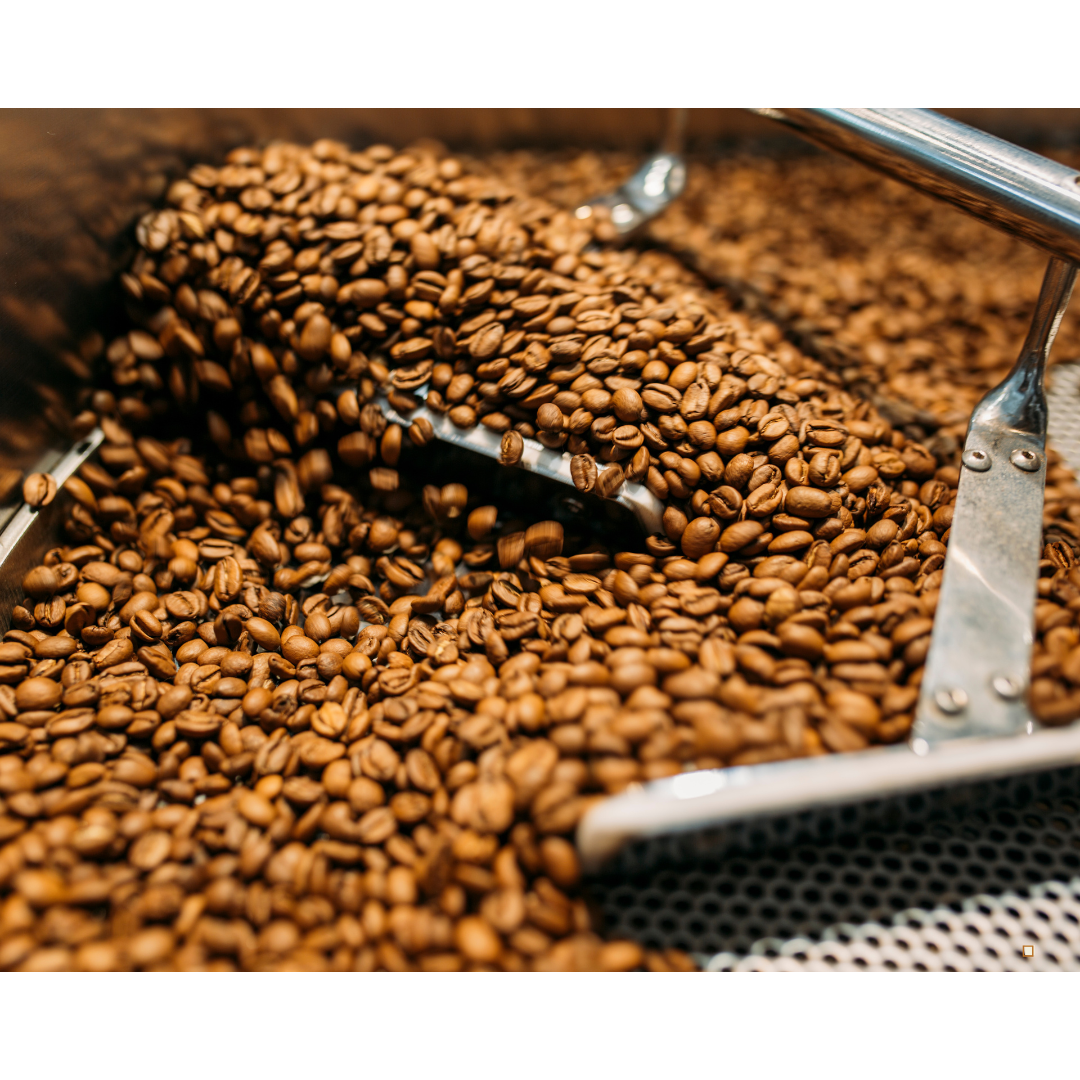
Is Light Roast Coffee More Acidic than Dark Roast?
For coffee lovers exploring the diverse world of roasts, the topic of acidity often comes up, especially when discussing light roast coffee. With its bright and vibrant flavor profile, light roast coffee is frequently considered more acidic than darker roasts, leading some to believe it has a higher acid content. But is this really the case? Understanding acidity in coffee involves a bit more than simply taste. Here’s a look at what makes light and dark roasts different in acidity and how each can affect your coffee experience.
What Is Acidity in Coffee?
In coffee, acidity refers to the bright, tangy, or fruity qualities that add liveliness to the flavor profile. It’s often associated with terms like “crisp,” “vibrant,” or “bright,” and is usually more pronounced in beans grown at high altitudes or sourced from regions like Africa and Central America. Acidity is not to be confused with “sourness” or a harsh aftertaste; rather, it’s a desirable characteristic that gives coffee its complexity and depth.
Acidity is influenced by several factors, including the coffee bean’s origin, processing method, and roast level. Light roasts are known to retain more of the beans’ natural acids due to the shorter roasting time. During roasting, heat breaks down acids and other compounds, which is why darker roasts, exposed to heat for a longer period, tend to lose some of the acidity that lighter roasts maintain.
It’s important to note that acidity in coffee is not the same as the pH level or actual acid content, which remains relatively stable across roast levels. Instead, it’s the perception of acidity that changes with the roast level. A light roast will taste brighter and more acidic due to the retention of certain compounds, while a dark roast will have a smoother, more subdued taste profile, as the extended roasting diminishes these compounds.
The Chemistry Behind Roasting and Acidity
To understand why light roast coffee tastes more acidic, it’s helpful to look at what happens during the roasting process. Coffee beans contain various organic acids, including chlorogenic acids, citric acid, and malic acid. These acids are responsible for the bright, fruity flavors we associate with light roasts. Chlorogenic acids, in particular, play a significant role, as they contribute to the coffee’s perceived acidity.
When coffee beans are roasted, chlorogenic acids break down at higher temperatures. As the beans roast, they lose some of these acids, and other chemical reactions take place, producing compounds that can mask or reduce the perception of acidity. For example, in a dark roast, the higher heat caramelizes sugars within the beans and produces Maillard compounds, which add a smoky, bitter taste and often overshadow the acidic notes.
Since light roast coffee is roasted for a shorter time at lower temperatures, it retains more chlorogenic acids, which gives it a brighter, more vibrant flavor. Dark roast coffee, on the other hand, has lower levels of these acids due to the extended roasting time, which explains why it tastes less acidic. However, some people find that the bitter compounds in dark roast coffee create a smoother and more balanced cup.
It’s also worth noting that while light roasts tend to taste more acidic, they aren’t necessarily more acidic in terms of actual pH. Coffee’s pH generally falls between 4.85 and 5.10, regardless of roast level. So while the perception of acidity is higher in light roasts, the actual acid content doesn’t differ drastically from that of darker roasts.
Does Acidity Affect Digestion?
For some coffee drinkers, acidity in coffee can lead to discomfort or digestive issues, such as acid reflux or heartburn. This has led to the misconception that light roast coffee, due to its perceived acidity, may cause more digestive discomfort than dark roast. However, whether a coffee affects digestion depends on the individual and not solely on roast level.
Interestingly, some studies suggest that darker roasts may actually be gentler on the stomach than lighter roasts. During roasting, compounds that may irritate the stomach break down or change, which could potentially reduce the likelihood of acid reflux. Additionally, dark roast coffee has higher levels of N-methylpyridinium (NMP), a compound that has been shown to inhibit acid production in the stomach. This compound is formed during roasting and is more abundant in darker roasts, which may explain why some people find dark roasts easier to digest.
That said, everyone’s body reacts differently to coffee, and there is no universal answer regarding which roast level is easier on the stomach. If you’re sensitive to acidity or prone to acid reflux, it may help to experiment with different roasts and see which one suits your digestive system best. Additionally, methods like cold brewing, which uses a longer, colder extraction process, can reduce acidity in coffee, making it a good choice for those with sensitive stomachs.
Enjoying the Flavor Spectrum of Light and Dark Roasts
Both light and dark roast coffees have their own unique flavors and appeal. Light roasts are popular among those who enjoy a bright, complex cup with pronounced acidity and distinctive fruit or floral notes. This roast level highlights the natural characteristics of the coffee bean, offering a more nuanced flavor experience. Light roasts are often favored by coffee enthusiasts who want to explore the specific qualities of beans from different regions, as the light roast preserves the bean’s original flavor profile.
Dark roasts, meanwhile, provide a bolder, fuller-bodied cup with a more robust, smoky flavor. The acidity is less pronounced, and the coffee’s taste is often described as smoother and richer. Dark roasts can be a great choice for those who prefer a classic, traditional coffee taste with hints of caramel, chocolate, or spice.
If you’re curious about the acidity levels in coffee and want to try different roasts, consider sampling both light and dark roasts to find your preference. Many specialty coffee shops and roasters offer tasting flights or sampler packs, which can be an excellent way to experience the flavor spectrum and understand how acidity plays a role in your coffee enjoyment.
Finding Your Perfect Brew with Light Roast Coffee
So, is light roast coffee truly more acidic than dark roast? While it may taste more acidic due to retained organic compounds, its actual acid content is quite similar to that of darker roasts. Choosing between light and dark roasts ultimately depends on your flavor preference and how you experience acidity in coffee. At Frontier Coffee Roasters, we celebrate the vibrant, bright notes of light roasts alongside the rich, bold profiles of dark roasts, helping you discover the perfect cup that suits your taste.

